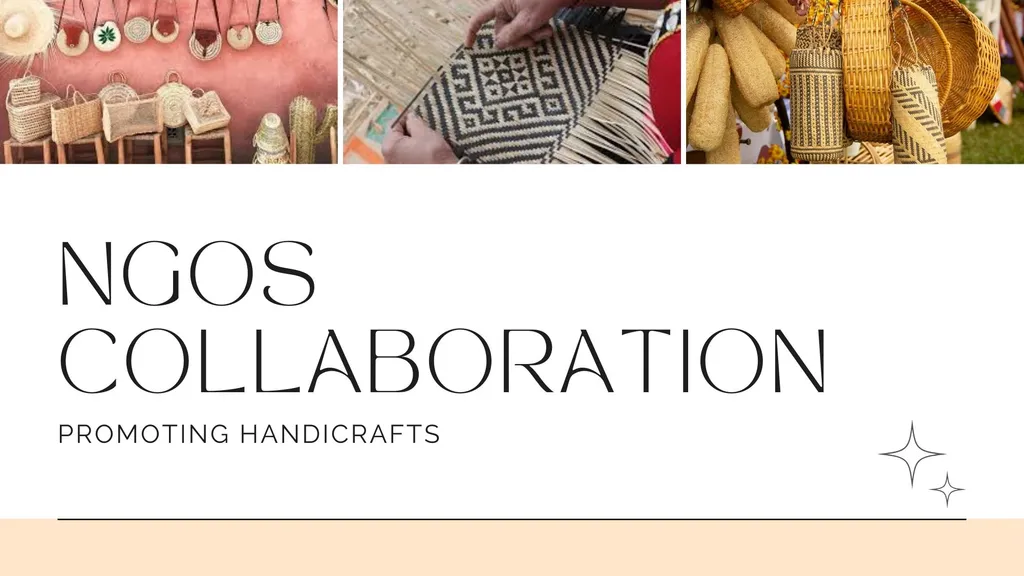Contents

In today’s digital age, online retail platforms have revolutionized how artisans connect with global audiences, transforming traditional craftsmanship into a thriving e-commerce opportunity. These platforms break down geographical barriers, enabling artisans to showcase their unique, handcrafted products to buyers worldwide. As demand for authentic, sustainable goods grows, understanding the features, benefits, and strategies of online marketplaces is essential for artisans to succeed in this dynamic digital landscape.
Why Online Retail Platforms Matter for Handicrafts
Online retail platforms provide artisans with tools to expand their reach, streamline operations, and connect with niche audiences who value craftsmanship. Unlike local markets, these platforms offer access to millions of shoppers, simplified selling processes, and cost-effective marketing. From specialized marketplaces like Etsy to broader platforms like Amazon Handmade, each offers distinct advantages tailored to artisans’ needs, making them indispensable for scaling handicraft businesses.
Key Features of Effective Platforms
Successful online retail platforms for handicrafts prioritize features that enhance both the artisan’s and the buyer’s experience. Here are the critical elements:
User-Friendly Interface: Platforms like Etsy offer intuitive systems for listing products and managing stores, allowing artisans to focus on creating rather than navigating complex technology. Buyers enjoy seamless browsing and purchasing experiences.
Specialization in Handmade Goods: Marketplaces like ArtFire and Aftcra cater specifically to handmade products, attracting audiences who seek authentic, unique items and offering tailored tools for artisans.
Affordable Fees: Low listing and transaction fees, such as Etsy’s $0.20 per listing and 6.5% transaction fee, make it accessible for small-scale artisans to enter the market without financial strain.
Built-In Audience: Platforms with large user bases, like Etsy’s 60 million monthly shoppers, provide instant visibility, reducing the need for artisans to invest heavily in marketing.
Diverse Payment Options: Support for multiple payment methods, including PayPal and credit cards, accommodates varied customer preferences, boosting conversion rates.
These features ensure artisans can maintain authenticity while thriving in the digital marketplace.
Top Marketplaces for Handicraft Sales
Several online marketplaces stand out for their support of artisans. Here’s a look at the most popular options:
Etsy: A leading platform for handmade goods, Etsy offers low fees, robust SEO tools, and a community of millions of buyers passionate about artisanal products.
Amazon Handmade: Leveraging Amazon’s vast audience, this platform charges a 15% referral fee but provides access to reliable logistics and fulfillment services.
ArtFire: Focused on handmade and fine art, ArtFire offers customizable shops and marketing tools, with plans starting at $4.95/month and a 12.75% transaction fee.
Aftcra: Exclusively for U.S.-made crafts, Aftcra’s 7% transaction fee appeals to buyers seeking American craftsmanship.
Folksy: A UK-based platform, Folksy supports local artisans with a community-driven approach, ideal for targeting regional buyers.
Zibbet: Allows artisans to manage inventory across multiple platforms for $5/month, simplifying multi-channel sales.
Each platform caters to different needs, enabling artisans to choose the best fit for their business model and target audience.
Benefits of Selling Handicrafts Online
Online platforms offer artisans significant advantages:
Global Reach: Artisans can connect with international buyers, transcending local market limitations.
Convenience: Streamlined tools simplify listing, sales, and inventory management, freeing artisans to focus on their craft.
Community Support: Platforms like Etsy provide forums, educational resources, and networking opportunities to help artisans grow.
Cost-Effective Marketing: Built-in traffic reduces the need for expensive advertising campaigns.
Niche Targeting: Specialized platforms attract buyers seeking unique, handmade goods, ensuring a receptive audience.
These benefits empower artisans to build sustainable businesses in the digital era.
Strategies to Maximize Reach
To stand out in the competitive online marketplace, artisans can adopt these strategies:
Leverage Social Media: Platforms like Instagram and Pinterest are ideal for showcasing visually appealing handicrafts. Posting high-quality images, engaging with followers, and using shopping features drive traffic to online stores.
Optimize Listings for Search: Incorporate relevant keywords in product titles, descriptions, and tags to boost visibility. Compelling descriptions and high-resolution images enhance appeal and click-through rates.
Engage Influencers: Partner with niche influencers to promote products authentically, increasing credibility and reaching targeted audiences.
Collaborate with Brands: Cross-promotional partnerships with complementary brands, like home decor companies, expand exposure to new customer segments.
Encourage Reviews: Positive customer reviews build trust and improve search rankings. Promptly addressing feedback shows commitment to quality.
Emerging Trends Shaping Handicraft Sales
Several trends are influencing the future of online handicraft retail:
Sustainability: Consumers increasingly seek eco-friendly products. Artisans using sustainable materials and transparent practices can attract environmentally conscious buyers.
Mobile Commerce: With mobile shopping on the rise, optimizing for mobile-friendly interfaces and offering digital payment options is critical.
Technology Integration: Tools like augmented reality (AR) for product visualization and AI-driven analytics enhance customer experiences and streamline operations.
Overcoming Challenges
Artisans face challenges like competition, quality control, and managing customer expectations. To succeed:
Differentiate Products: Highlight unique craftsmanship and compelling brand stories to stand out.
Ensure Quality: Implement rigorous quality checks to maintain consistency and build trust.
Manage Expectations: Communicate transparently about production timelines and product variations to align with customer expectations.
Online retail platforms have opened a world of possibilities for artisans, enabling them to share their craftsmanship with a global audience. By leveraging the right platforms, adopting effective strategies, and aligning with trends like sustainability and mobile commerce, artisans can thrive in the digital marketplace. Companies like Ethical Handicraft Manufacturer (EHM) exemplify this success, using platforms to showcase their beautifully crafted bamboo and rattan products to buyers worldwide, proving the power of combining tradition with technology.





